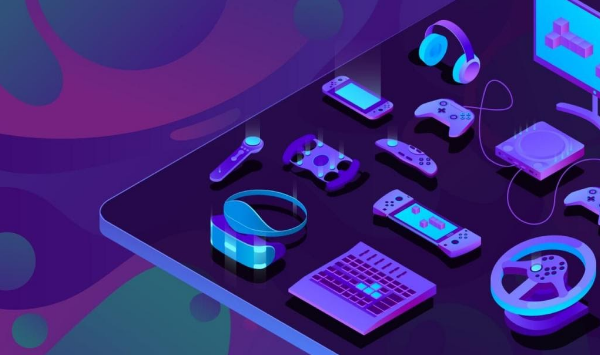2d Game Art Best Practices

A lot of people think that 2D games are out of fashion, that they have a limited audience, or that they are just retro. That is not true.
However, now there are several popular and successful games on the global market, such as Machinarium (2009), Braid (2008), Minecraft (2009), Angry Birds (2009), Super Meat Boy (2010), Limbo (2010) and SEZ ( 2012).
2D games are a great opportunity to create a unique project. And you can do it through 2d art services at Whimsygames.
2D games have existed in the past, they continue in the present, and many believe very much in their mass development in the future, and it is worth remembering that the gaming era began with the use of this type of game.
It is important to note that many 2D games are now both critical and successful in sales, often surpassing games developed in a 3D environment. This is due to some important aspects to consider when developing games, namely:
1. Making 2D games easier than 3D
This is a fact and there is nothing to discuss here. Anyone looking to do 3D development needs more know-how and requires a team with deeper and more sophisticated programming and art skills than someone who is going to develop 2D games. This does not mean that 3D games are better than 2D games.
2. Development time
This is another important factor. 2D game development takes less time (at least in theory).
In my opinion, this is mainly due to the creation of assets, which, as a rule, need to be worked out in more detail in 3D environments, which makes the game visually very beautiful, and also due to the complexity of programming, no one wants to see visually bad 3D games. (despite the fact that there are several visually beautiful 3D games, but with terrifying gameplay), and doing it in 2D is much easier and faster, especially when using engines.
3. Engines
Several engines (graphics engines) are available for creating 2D games. For those who don't know, engines are programs that make it easier to create games, whether 2D or 3D, as they have libraries with various functions to help you create your game.
Some of these features range from collision system implementation, animation support, sounds, and artificial intelligence and support for programming languages.
There are several graphics engines, including CryEngine, UDK, UE4, Unity and Blender, which are very popular and have free versions, however, some of them, as is the case with Unity, UDK and UE4 can be used to create 2D games. Manipulating it requires a greater degree of knowledge on the part of the developer.
However, there are other engines that are less difficult to handle. There are so many options currently available that we will only name a few:
Construct 2
This engine allows you to create games without the developer's knowledge of programming, it is enough to have an introductory knowledge of programming logic, and you can create many games.
It has a free trial and a paid version if a developer wants to sell their game.
Games created in Construct 2 can be launched in the paid version on various platforms: WEB, Windows Desktop and Phone, IOS, Android, Wii U and Mac Desktop - some of them, and the free version can be played and tested via the WEB.
Construct 2 is a great starting point for anyone looking to start their journey as a developer. You can learn more about it and download the training version from the tool's website. There you can also find several tutorials for getting started.
GAME MAKER STUDIO
Game Maker is one of the oldest engines, it was created in 1999 and has a lot of fans, it is very easy to find forums and sites that teach how to use this tool through guides, and also serve to bring together developers of all levels. GML, or Game Maker Language, is the programming language used by GM, learning how to use it gives the developer a wider range of options for inserting into games, however, it is possible to create good games by mastering the basic functions of the tool.
Stencyl
Stencyl is another game engine that is widely used primarily in elementary and high school classrooms in the United States and Europe with the aim of encouraging students to create games. It has three versions: the free version allows you to publish games to the WEB only, the Indie version costs $ 99 and allows you to publish games for WEB and Windows, and the Studio version costs $ 199 and allows you to publish games for IOS and Android platforms, WEB and Windows. The way this engine handles your programming area is amazing: with blocks that represent events, methods, and actions, we can drag and drop everything that happens in the game using the drag-and-drop function.
Stencyl allows the programmer to create more blocks by creating libraries and classes that expand the scope of programming. To download, go to this page.
Summing up, we can say that creating games is not so difficult, you just need to have some knowledge and contact specialists
Subscribe to Latin Post!
Sign up for our free newsletter for the Latest coverage!














